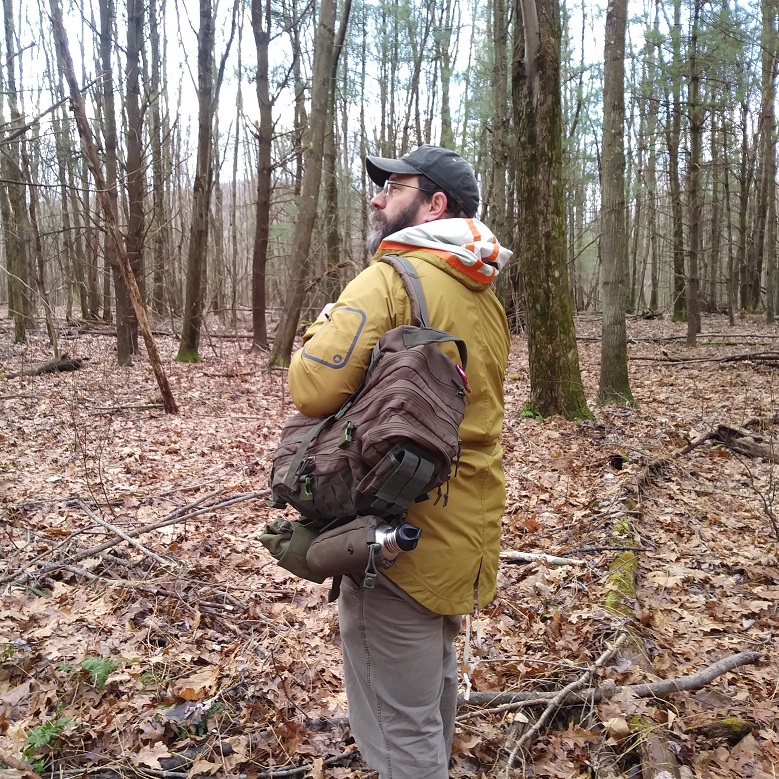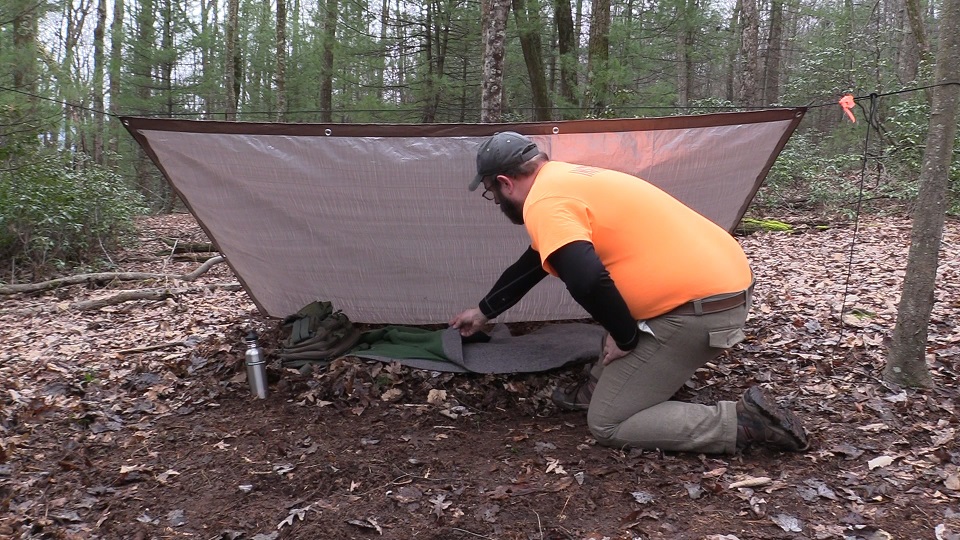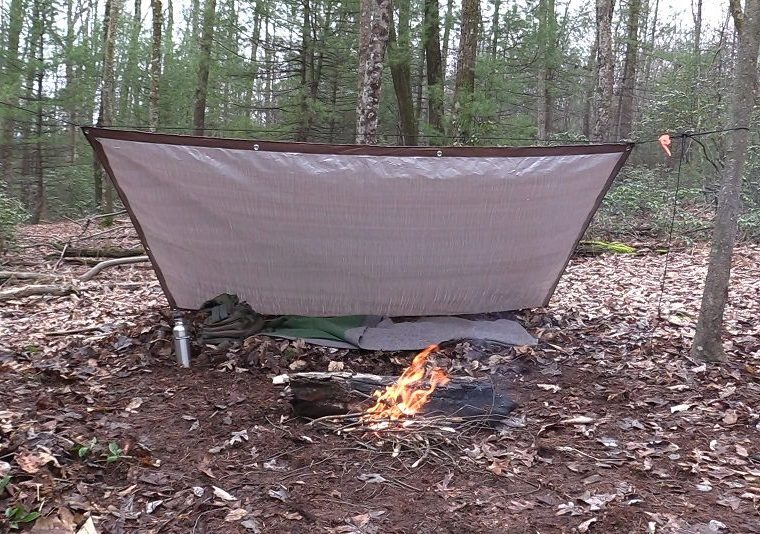Basic survival skills for adventure seekers
I am a firm believer that everyone who heads into the great outdoors, whether it’s hiking, running, biking, or just a leisurely stroll, needs to know what to do if they are unexpectedly stuck out overnight. You need to know how to be prepared and have the skills to make it through the night. Full disclosure, I teach wilderness survival skills. But, I don’t believe that because I teach outdoor skills; I teach outdoor skills because I believe that!
The survival world is full of sayings, and one of them is the rule of 3’s:
- 3 minutes without air
- 3 hours without shelter
- 3 days without water
- 3 weeks without food

These aren’t hard and fast rules, more guidelines to help you prioritize your needs in a survival situation.
I think the three minutes without air is self-explanatory. If not, try and hold your breath for three minutes; there you go.
As far as food goes, yes, you’ll feel hungry, but that’s not an immediate problem. And, if you’re lost for three weeks, you’ve gone from surviving in the woods to living there!
Here in the PA Wilds, water usually isn’t an issue either, especially if you are only stuck out for a night or two. Remember though, it’s better to drink unpurified water and need to see a doctor, than to die of dehydration and need to see the undertaker! Except in hot, arid climates, like a desert, dehydration isn’t what’s going to kill you. In the cooler months, the three hours without shelter part, that’s what’s going to get you!
You may have heard people say that someone died of “exposure.” Exposure is a layman’s term for hypothermia. Hypothermia is the inability of the body to regulate its core temperature. Basically, if you lose more heat than you are gaining, and your core temperature drops below 95° F, your body starts to shut down. If left untreated, death will follow!
Does that mean I can only stay outside for three hours? Good question. The answer is no. Shelter can mean lots of things. Your clothing is your first layer of shelter from the elements. Being properly dressed for the environment is key. There’s another cold weather saying that goes, “If you sweat, you die.” Liquids transfer heat much better than air. That’s why you can stick your hand into a 400° oven but not into 200° water. This also means liquids will transfer heat away from your body quicker, hence why we sweat when hot. Keeping dry should be a top priority for you, even with the air temperature in the 60’s and 70’s! One way to control your body temperature and keep from sweating is by dressing in layers. Wearing multiple, thinner layers of clothing that you can put on and take off as needed is better than wearing say an arctic parka while hiking. Getting wet from the inside out is just as bad as from the outside in!

When choosing your clothing you should avoid cotton materials. As the saying goes, “Cotton kills.” I told you, there were a lot of sayings! The problem with cotton clothing is, it doesn’t dry quickly, and it loses its insulating properties when wet. Wool is a great choice for outdoor clothing. Wool clothing is easy to find, and wool keeps insulating even when wet. Synthetic materials, like polypropylene, will keep you warm when wet, but they also melt around fire. Since I love building a fire when I’m out, I like to stick to Merino wool for my cold weather wear.
Speaking of fire, the ability to build a fire on demand was a turning point in human history. We used it to cook, make better tools, scare away predators, and of course, to keep warm! When cold and/or wet, your skill at starting a fire could mean the difference between seeing the sunrise or seeing that pesky Grim Reaper!
Trust me, starting a fire in the backyard fire pit is a lot different than finding materials and getting it going when cold and wet in the woods. I grew up thinking I knew everything about getting a fire started, and then, after I became older and wiser (more old than wise), I took a few survival classes. Boy, did I find out how wrong I was! I found out there are a whole lot of ways out there to build a fire, and easier ways to boot! Don’t be afraid to admit you don’t know everything; there’s always something new to learn. I personally plan on being a lifelong student, and balancing out that older versus wiser situation.
The other part of shelter is an actual shelter. This can be a tent, a tarp, or maybe even a natural shelter you make from sticks and leaves. Fire will keep you warm, but even a simple shelter can protect you from the elements like wind, rain, and snow that fire can’t. While building your own shelter, aka childhood fort, may be fun, it’s not very practical when you need to get out of the elements. Carrying even just a tarp can give you the cover you need quickly. An important thing to remember, no matter what your shelter is, the earth is like a giant heat sink and will suck the heat right out of you! Make sure you have something between you and the ground to insulate you. Getting out of the elements and off the ground are two surefire ways to start you on your journey to spending a restful night in the woods.
Never fear though, it’s not all doom and gloom. Now that you’ve read this article you’ve already started on the path to being more prepared! With the right skills and equipment, you might find yourself in the Pennsylvania Wilds not wanting to be found!
I’ll leave you with one final saying (you thought I was done, didn’t you?): “Knowledge weighs nothing.” So get out there and get those skills, practice them before you need them, and always go into the woods prepared for the worst, so you can keep one step ahead of that persistent old Mr. Reaper!

Mayo Clinic article on hypothermia: https://www.mayoclinic.org/diseases-conditions/hypothermia/symptoms-causes/syc-20352682


